1. Remove Pool Cover
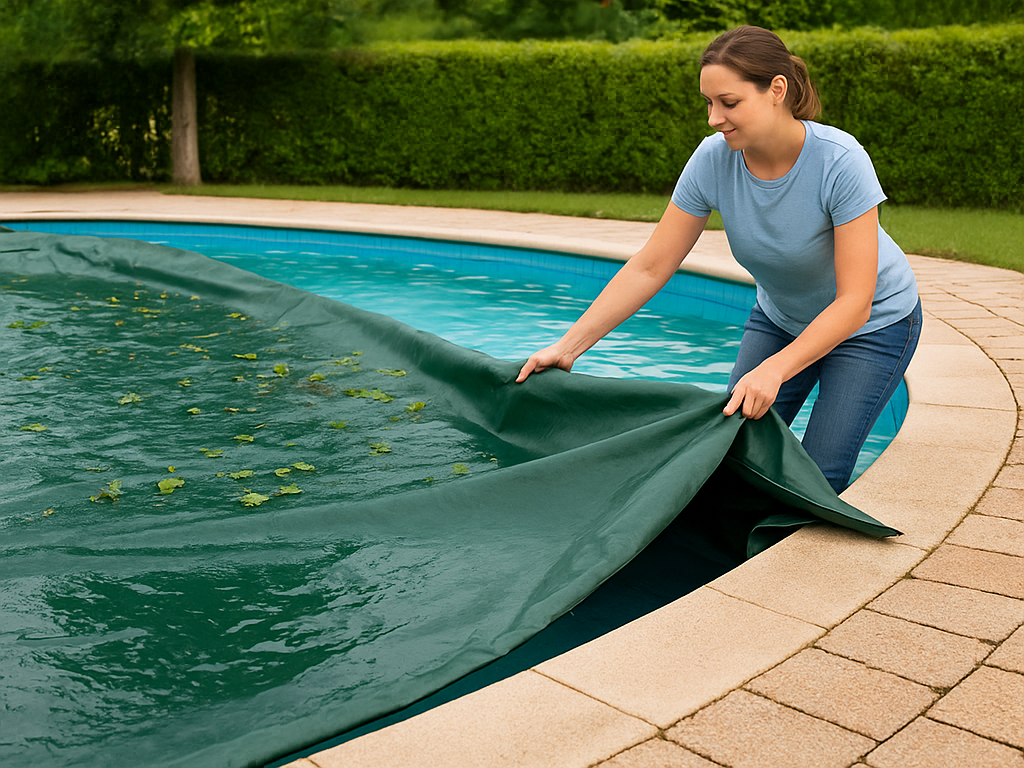
Start by clearing off any leaves or debris on top of the pool cover. Use a soft broom or a leaf blower (on low setting) to prevent tearing. Once clean, slowly and evenly remove the cover to avoid dumping debris into the pool. Hose it off, let it dry completely, then store it in a cool, dry place to prevent mildew.
2. Skim Debris & Clean

Use a long-handled skimmer to remove floating debris such as leaves, insects, and pollen. A surface skim gets rid of what the filter hasn’t yet touched and is your first line of defense against cloudy water. Clean out the skimmer and pump baskets as well.
3. Inspect Equipment
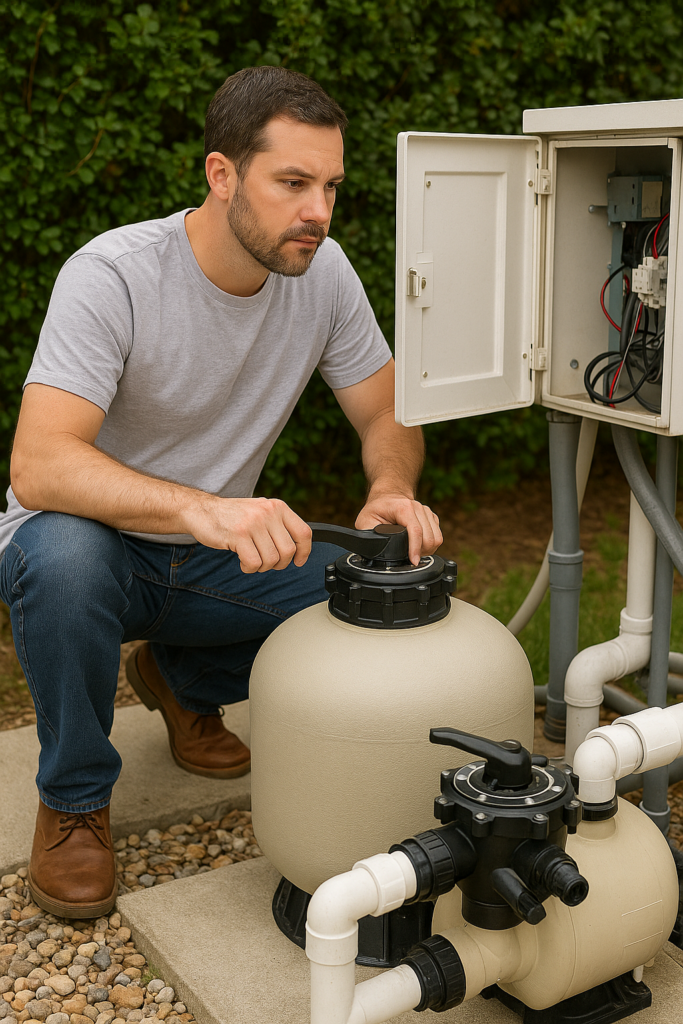
Before firing everything up, inspect your pool pump, filter, heater, and chlorinator for wear and tear. Look for cracks in the housing, worn gaskets, and loose fittings. Pay special attention to O-rings and seals—they often dry out or crack over winter
4. Reconnect Filter & Pump
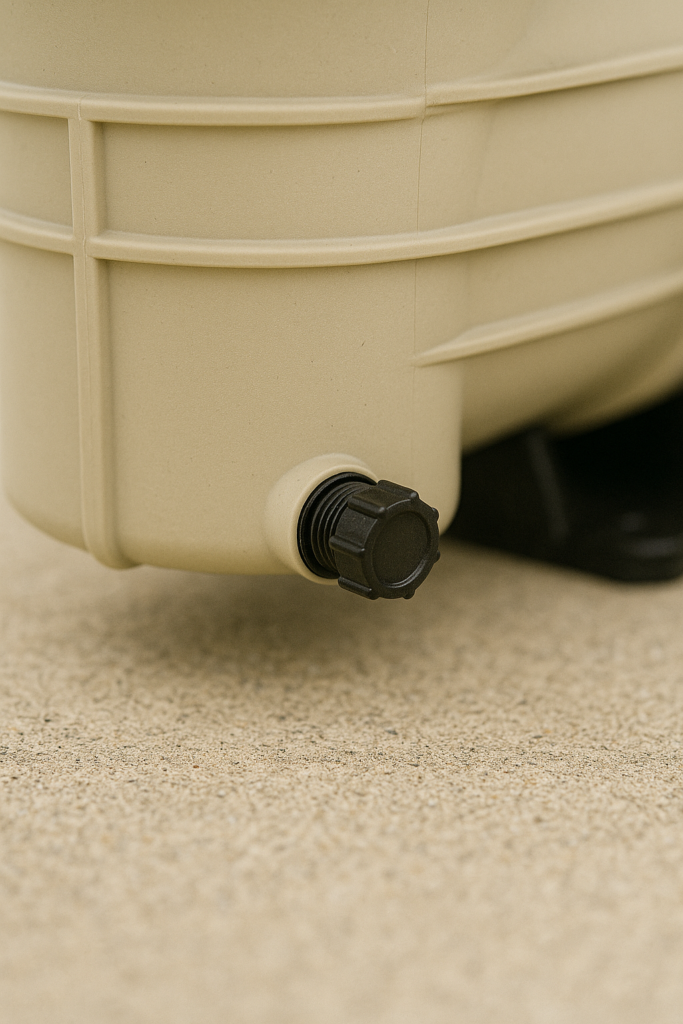
If you winterized your pool, reconnect all plumbing lines and hoses. Reattach drain plugs, return fittings, and check valve orientations. Prime the pump with water if needed, then turn it on to ensure smooth circulation. Watch for leaks during this startup phase.
5. Top Off the Water Level
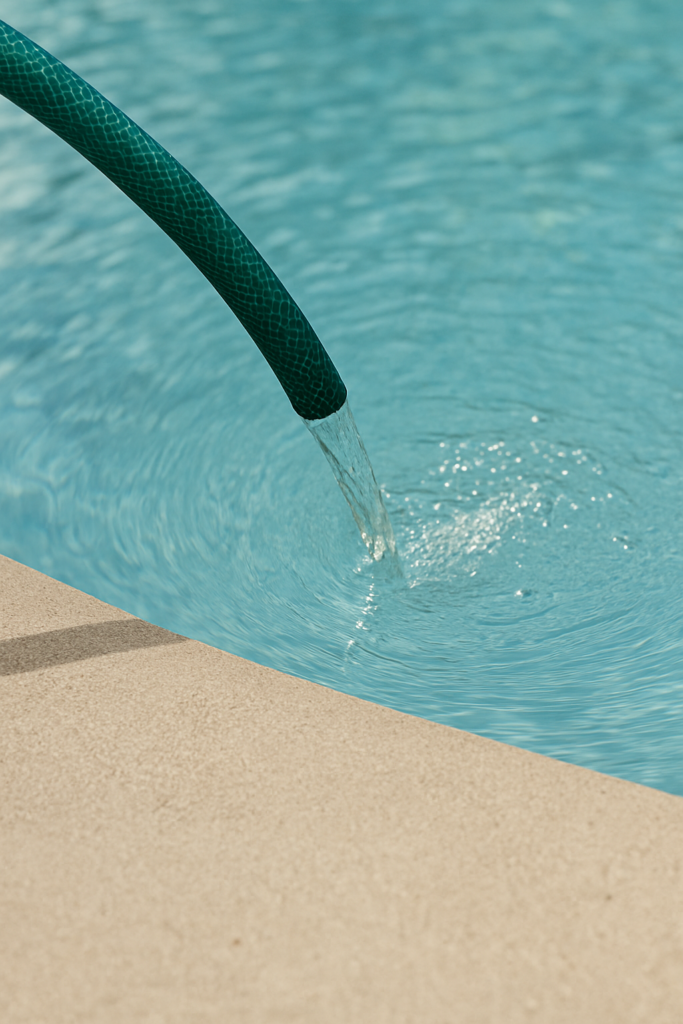
Over winter, evaporation and precipitation can lower your pool’s water level. Use a garden hose to bring the water level to the midpoint of your skimmer opening. This ensures the pump doesn’t suck in air, which can damage it.
6. Test & Balance Chemicals
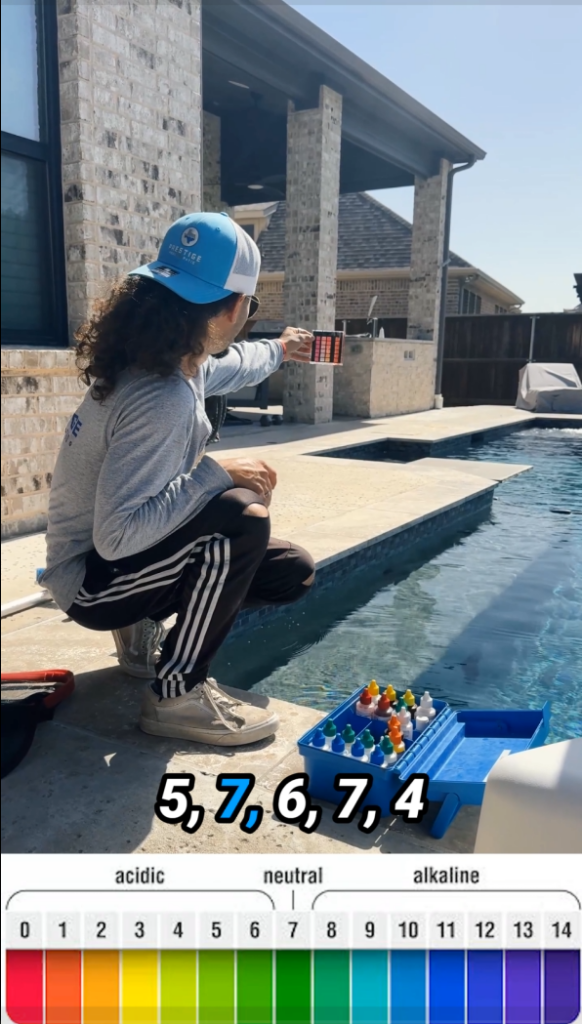
Test the water with strips or a liquid test kit. Ideal levels are:
- pH: 7.4–7.6
- Chlorine: 1–3 ppm
- Total Alkalinity: 80–120 ppm
- Calcium Hardness: 200–400 ppm
Balancing these levels now saves you major headaches later. Adjust pH and alkalinity first, then work on chlorine and calcium.
7. Shock the Pool
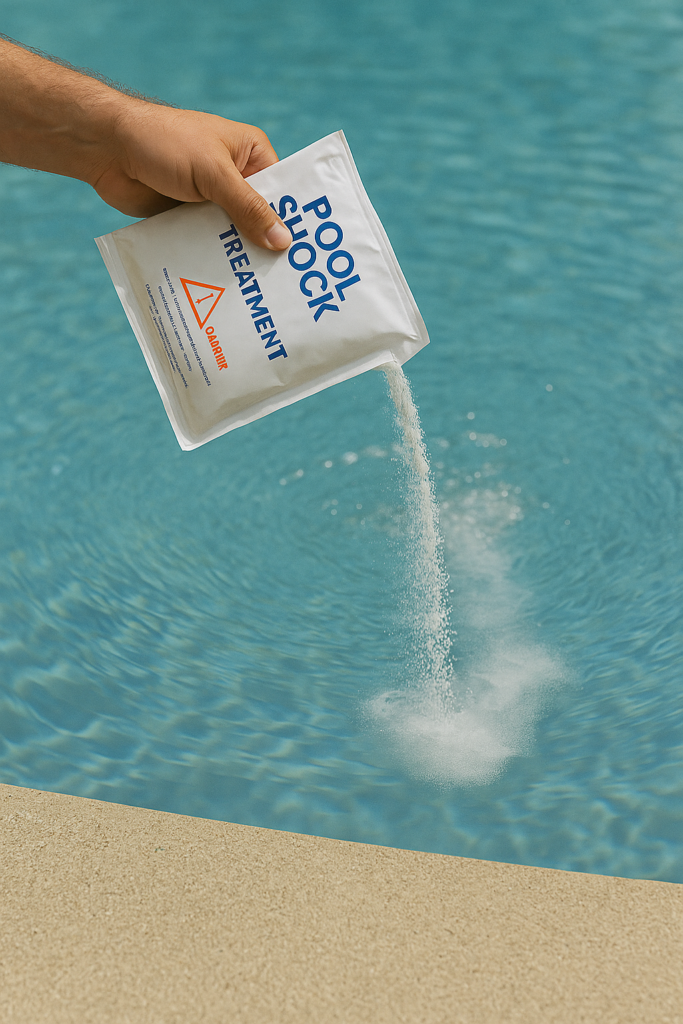
Add a pool shock treatment to kill any bacteria or algae that may have grown while the pool was closed. Always shock at dusk or night for best effectiveness, and wait 12–24 hours before swimming again. Make sure the filter is running during and after the process.
8. Run the Filter
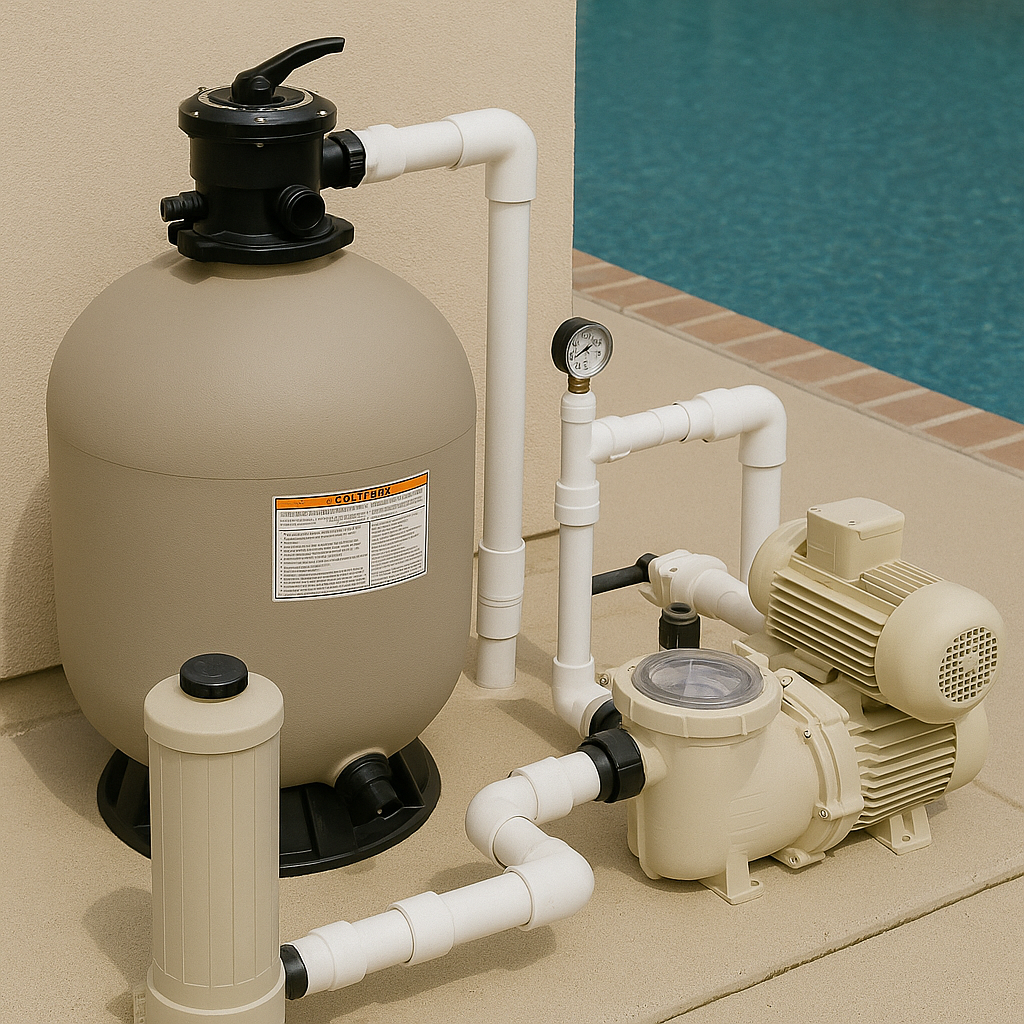
Run your pool’s filtration system continuously for at least 24 hours after shocking. This helps disperse chemicals evenly and traps particles. After the initial run, stick to your regular filter cycle—usually 8–12 hours per day depending on pool usage.
9. Brush and Vacuum
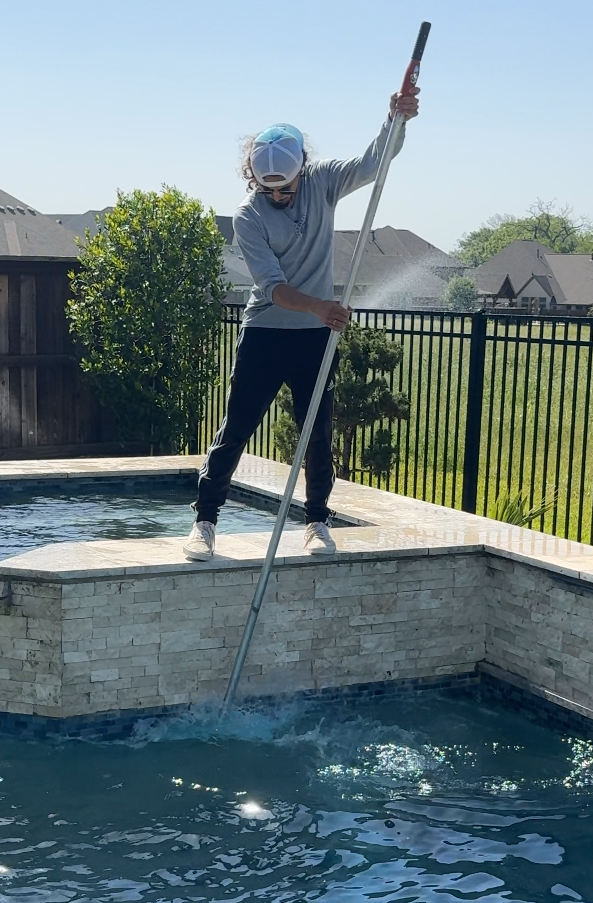
Scrub down the pool walls, steps, and corners with a pool brush to loosen any clinging algae or grime. Then vacuum the pool floor—either manually or with an automatic vacuum. Don’t forget to backwash or clean the filter afterward to maintain efficiency.
10. Schedule Routine Maintenance
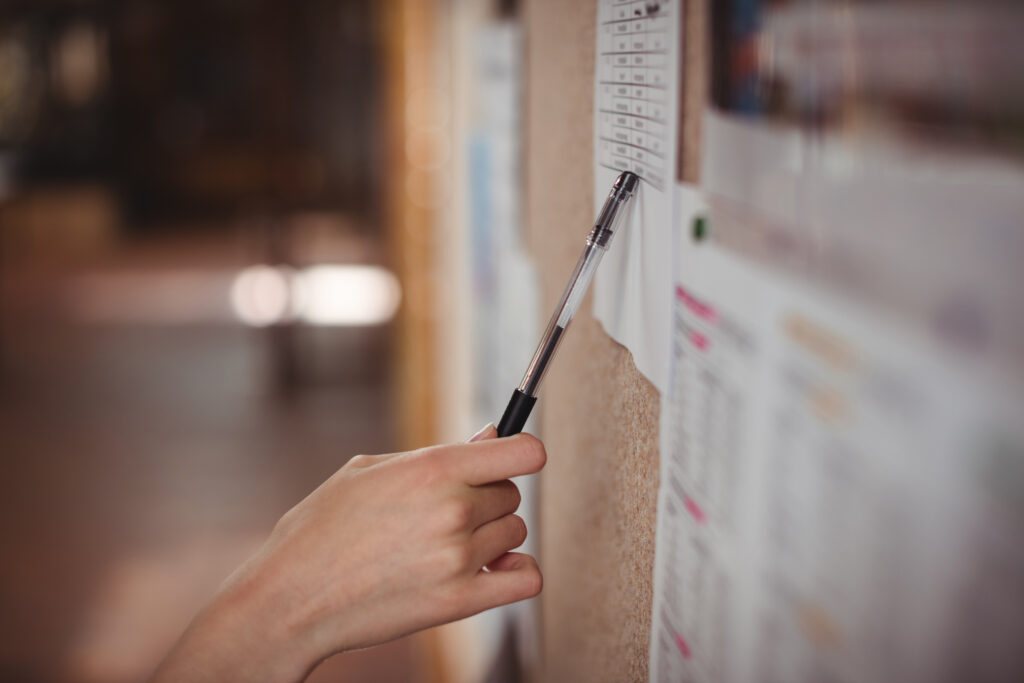
Set a weekly schedule for testing water, skimming debris, brushing walls, and checking filters. Consistency is key for a clean pool and a stress-free summer. Consider booking a professional inspection mid-season to catch issues early.
If you have any questions or would like Prestige Pool and Patio to handle everything for you so you can relax and focus on the fun stuff give us a call 469-644-7665
#poolservice #poolmaintenance #tips #howto #pool #pools #poolblog #dallas #frisco #celina #prosper #mckinney #poolbuilder #texaspool


